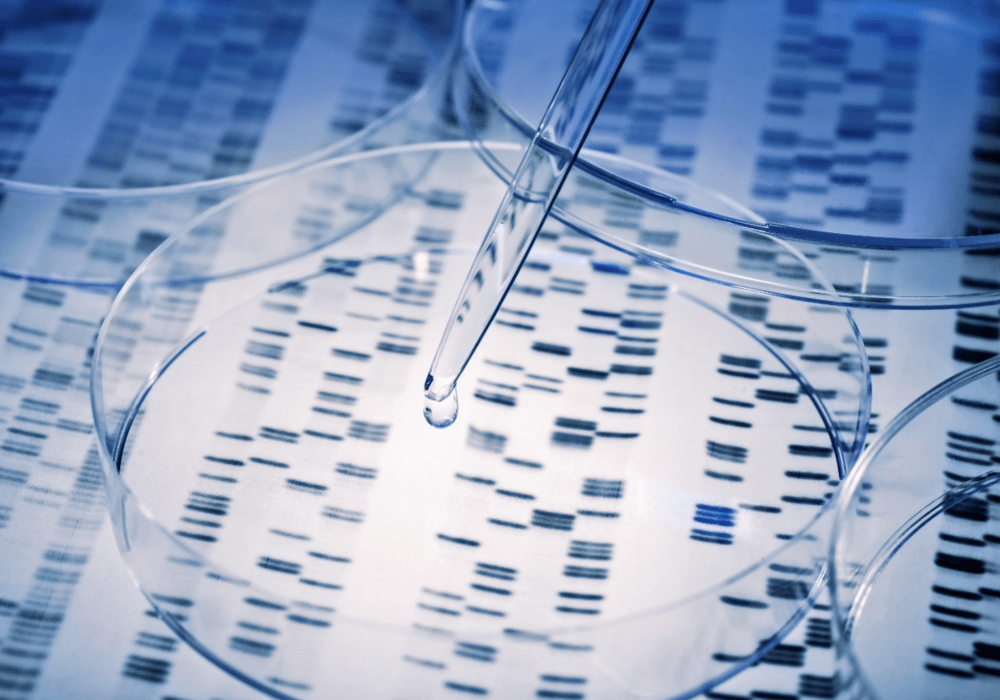Race-specific cellular and genomic characteristics in breast and breast cancer tissues may explain racial differences in breast cancer aggressiveness, blood vessel growth, tumor cell migration and metastasis, and the cancer pathways GLI1 and Notch, researchers said in study findings published in npj Breast Cancer. The findings may help guide the development of even more personalized treatments and address some aspects of cancer’s disparate burden on certain populations.
Using genomic and metagenomic data in the Cancer Genome Atlas, researchers analyzed the 64-cell signatures of breast tumors in 1,018 patients (65 Asian, 257 Black, and 696 White). They found that 11 cell types had distinct, statistically significant variations among races, with the most pronounced differences between Black and White patients and the least between Asian and Black patients.
Overall, researchers found 394 differentially expressed genes between tumors from Asian and Black patients, 381 between Black and White patients, and 127 between Asian and White patients. Some of the measured differences included:
- Higher proportion of smooth muscle cells among Asian patients compared to Black patients
- Highest accumulation of adipocytes in White patients and lowest in Asian patients
- Lowest proportion of hematopoietic stem cells in Asian patients
- Overexpression of CXCL9 in Black patients, which the researchers noted could contribute to aggressive tumor progression
- Significantly diverse microbe composition between Black and White patients but not between Asian patients and either of the other two groups
- Significantly upregulated ABC transporters and cancer pathways in Black patients, including mTOR signaling, calcium signaling, Notch, GLI1, and Wnt
The researchers also found correlations between genes and microbial biomarkers, including a positive correlation with GLI1 and Terrabacter bacteria in tumors from Asian and Black patients, which they said warranted further investigation.
“The factors governing racial disparities in breast cancer are multifactorial and can include socioeconomic status, access to primary care, timely referrals, and health and nutrition,” the researchers said in a subsequent interview. “However, it is important to identify additional modifiers for these differences. Our study demonstrates that the microbiome and immune microenvironments of breast tumors also vary significantly among women of different ethnicities and could potentially be used as biomarkers to predict disease progression or response to treatment.”
Get an oncology nurse’s guide to cancer biomarkers in the ONS Genomics and Precision Oncology Learning Library, and find all of the breast cancer biomarkers with currently approved treatments in the ONS Biomarkers Database.






